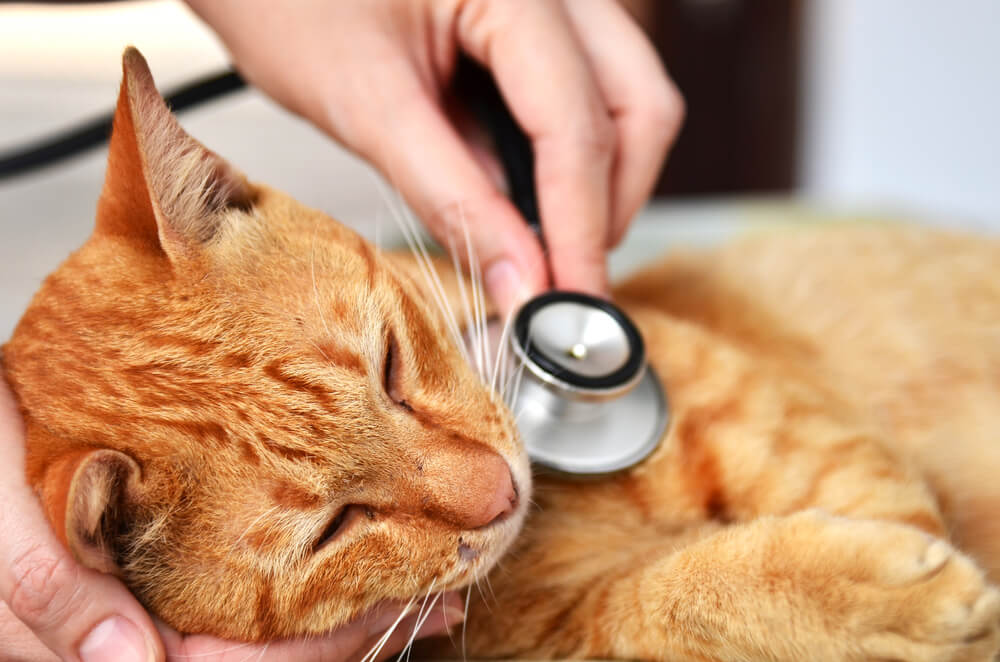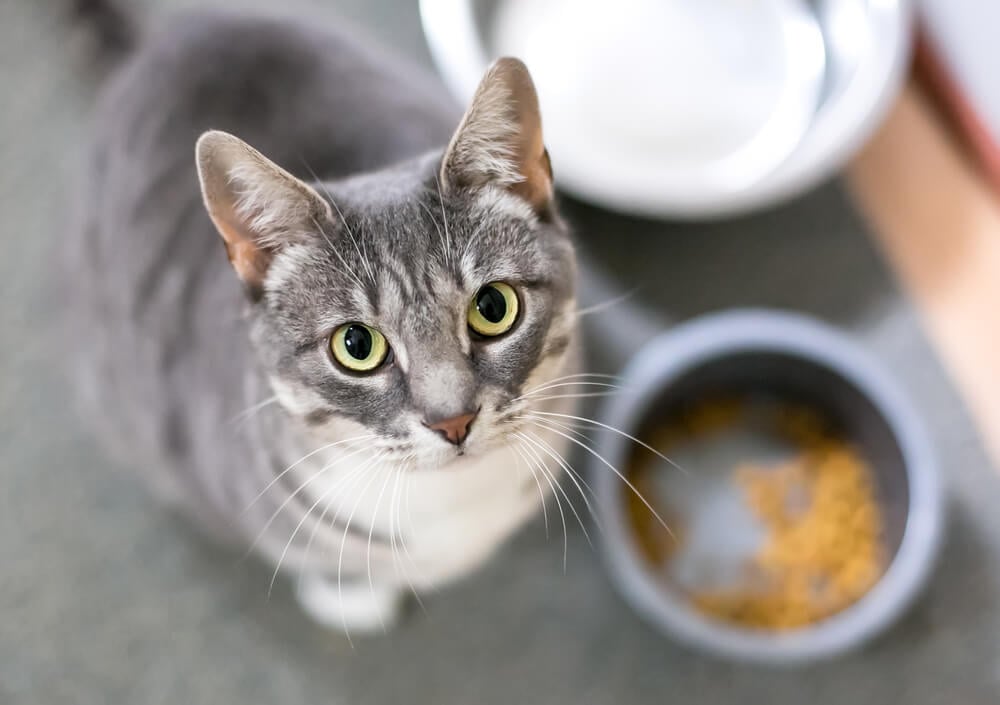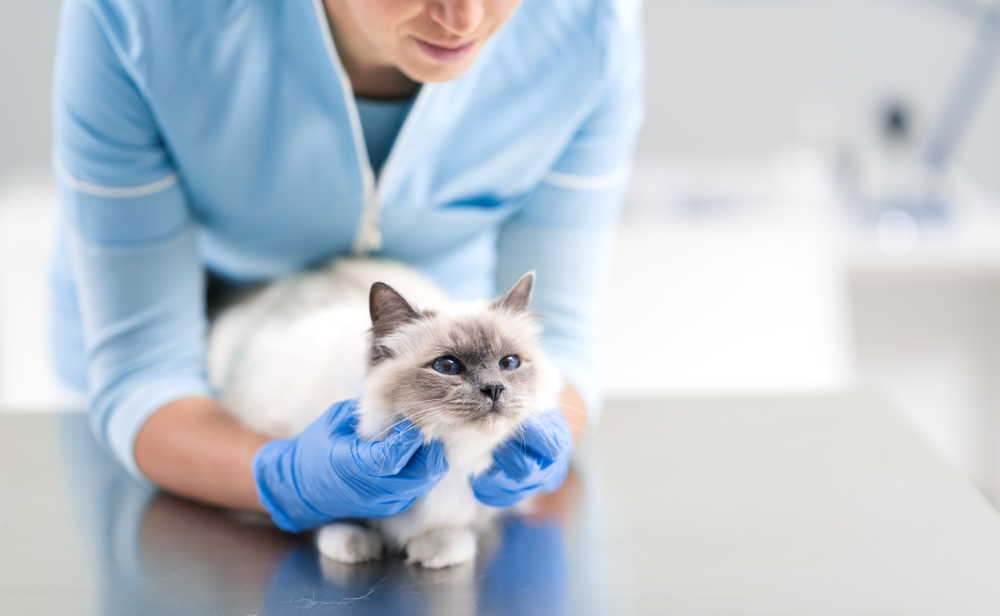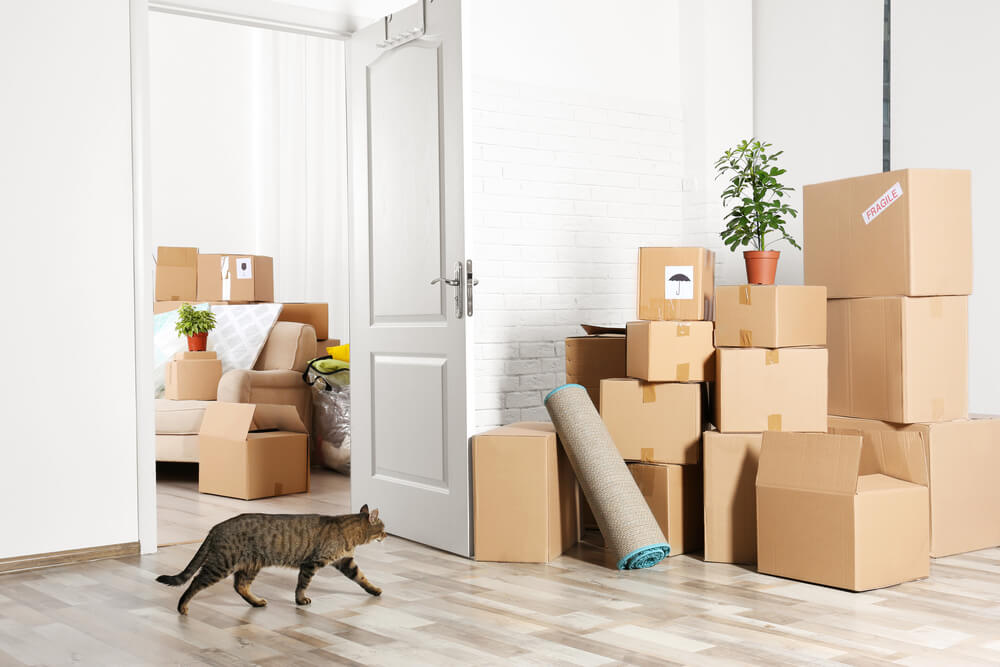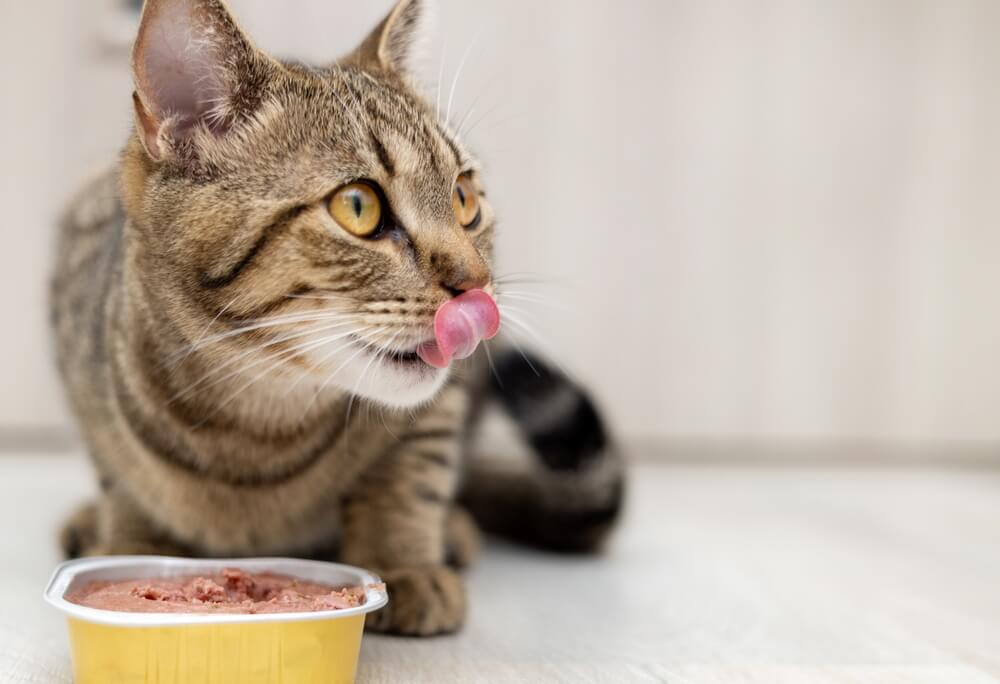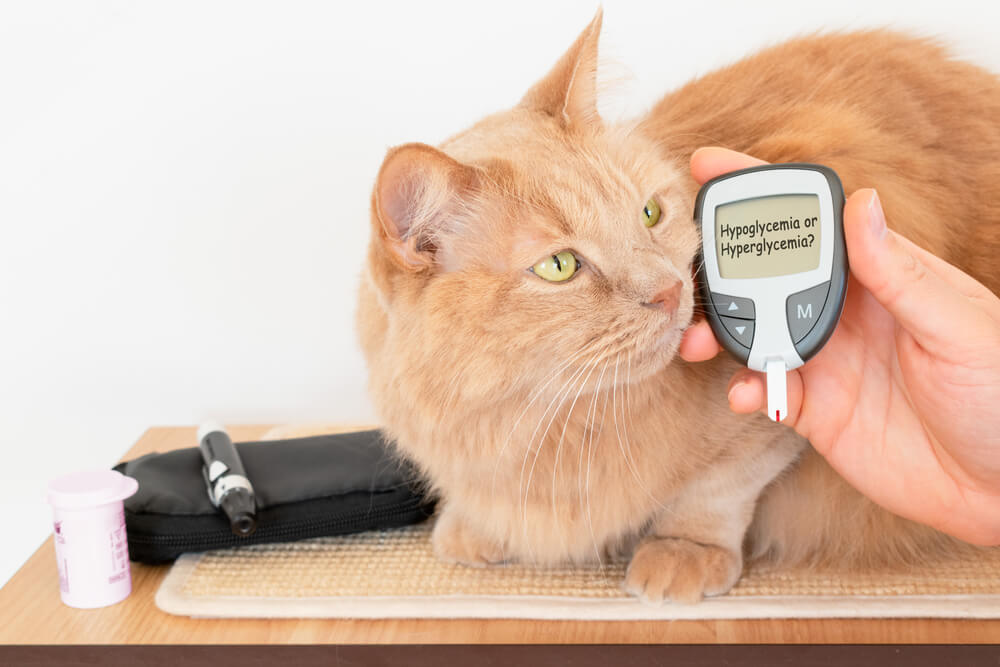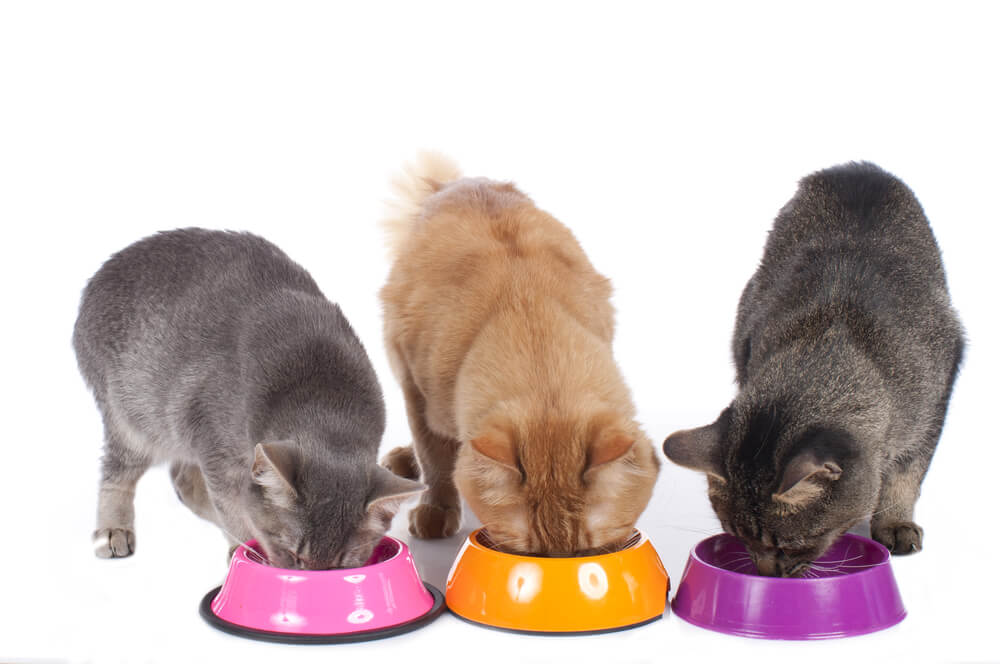
I’m sure you’ve already established that cats are picky eaters. You’ve researched the best cat food, and are confident they are in good health. So, why are they still turning their nose up at their food? Well, maybe it’s not about the food but rather what the food is in.
Cats use their bowls multiple times a day and can be particular about their dish. While there are pros and cons to all dishes, this article will explore the most recommended type for your cat.
We also have a detailed article on how to keep your cat’s bowl clean.
What kind of dish is best for cats?
When choosing a cat bowl, you need to consider their whiskers. Whiskers are the same width as a cat’s body and so perfectly serve as a sensory function, allowing cats to judge the distance between things and how far away objects are from their face and body, with the ability to detect the slightest vibration in the air.
If your cat’s whiskers are constantly hitting off the sides of the bowl, this could be distracting and irritating for them. Therefore, a flatter plate or a very shallow dish is the best option as it won’t make your cat feel hemmed in.
What material is best for a cat bowl?
There are usually three types of dishes to choose from in the pet store: plastic, ceramic, and stainless steel. But, which is best for your cat?
Plastic cat bowls
Pros
Cheap: Plastic is a low-cost material and can be a fraction of the price of a ceramic or steel bowl. Plastic bowls are widely available and can cost just a few dollars.
Flexible: Plastic can be moulded into any shape meaning the walls could be thick or thin.
Lightweight: Plastic is easy to move around and can be stored anywhere. It’s a suitable travel option as it’s not too heavy to carry around.
Cons
Difficult to clean: Plastic can be easily scratched which bacteria get stuck in making it nearly impossible to thoroughly clean.
Harmful content: Plastic can contain BPA, phthalates, and other potentially harmful materials. They can adversely affect the health and development of your pet since they can chew on and consume small amounts of plastic over time.
Lightweight: Although being lightweight can be beneficial, it can also be problematic. Your cat can easily push a plastic bowl around while eating or topple it over.
Ceramic cat bowls
Pros
Stable: Ceramic is a heavy material that prevents your cat from pushing their food or water around. This means a spillage is unlikely!
Design options: Some beautiful ceramic designs might look great with your interior. Ceramics can be glazed, and coated and come in various shapes.
Cons
Difficult to clean: Much likely plastic, ceramic is a porous material and is prone to scrapes. Ceramic needs regular cleaning, and it can be difficult to scrub away bacteria.
Easily damaged: Although heavy, ceramic is easier to damage than stainless steel or plastic. Drop a thick ceramic bowl, and you could smash the bowl and the floor underneath.
Varying quality: Some glazes and paints are lead-based, which is dangerous, and some will flake away into your pet’s food and water. Ensure that you buy good-quality ceramic.
Stainless steel cat bowls
Pros
Durable: Unlike ceramic and plastic, steel can be thrown around and only suffer minor dints. You can opt for one with a rubber base if you are worried about spillages.
Dishwasher Safe: Because it does not suffer the same abrasive damage as plastic, stainless steel is easy to clean and maintain. They are usually dishwasher safe so can be much easier to clean.
Inexpensive: Although not as cheap as plastic, stainless steel is relatively cheap.
Safe: If made using food-grade stainless steel, it is safe to eat from and should not leach any dangerous substances into the food.
Cons
Noisy: Although not an issue for everyone, stainless steel is noisy, especially if you have a vigorous eater. It will rattle around when used by excited cats, hence the need for a rubber non-slip base.
Different Grades of Material: There are different grades of stainless steel, and you must ensure that the bowl you choose is safe. If the manufacturer fails to disclose the grade of stainless steel used, it would be best to avoid it.
Generally, stainless steel is the best option for your cat as they are more durable and easier to clean.
Should a cat’s food dish be elevated?
It’s unnecessary to have your cat bowl elevated, but it could be better for their posture. If your cat suffers any back pain or arthritis, elevating their food and water bowl may be more comfortable for them.
However, elevated bowls are difficult for smaller cats and kittens to reach which can lead to unwanted spillages. Generally speaking, elevated cat bowls aren’t required and are just a personal choice.
Automatic feeders
If you free-feed your cat or your cat is going to be left alone for a long period of time, you may want to consider an automatic feeder. This ensures your cat has access to the right amount of food at mealtime even if you aren’t home at the same time every day.
However, automatic feeders can encourage overeating or it may malfunction and your cat won’t be able to get the food out. There may be ways in which you can incorporate an automatic feeder into your cat’s routine with ease. Speak to your vet to rule out any foreseeable issues or health concerns before giving it a go.
Water fountain
A water fountain provides a steady stream of water for your cat and can be a good way of ensuring hydration. However, most cats will drink sufficient water from a clean, wide stainless steel bowl. So, unless you are concerned about the water intake of your cat, there’s no need to switch to a water fountain.
We uphold the highest editorial standards when creating the authoritative content pet parents rely on and trust.
Every piece of clinical content on the Cat Food Advisor is reviewed by our certified Veterinary Advisory Board, which consists of licensed veterinarians and medically certified specialists.
Our reviews are completely independent; we are not paid by any pet food company to promote their products favorably. We do not accept money, gifts, samples or other incentives in exchange for special consideration. For more information see our Disclaimer & Disclosure page.




